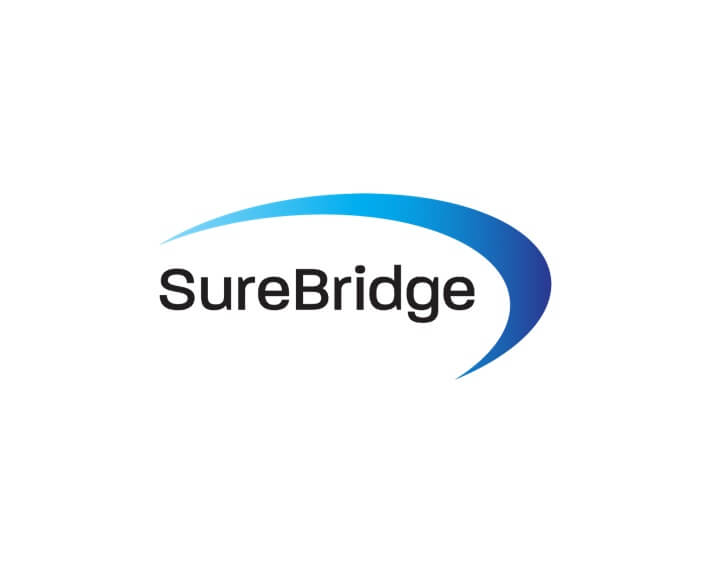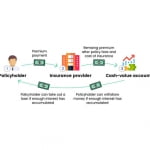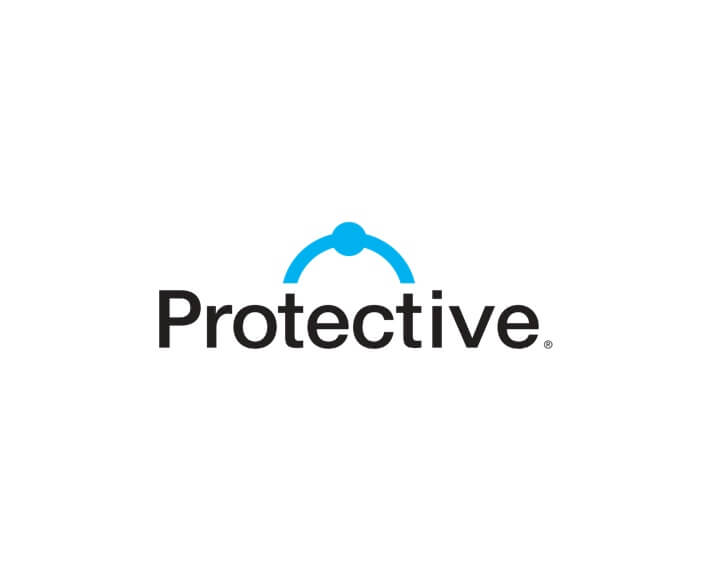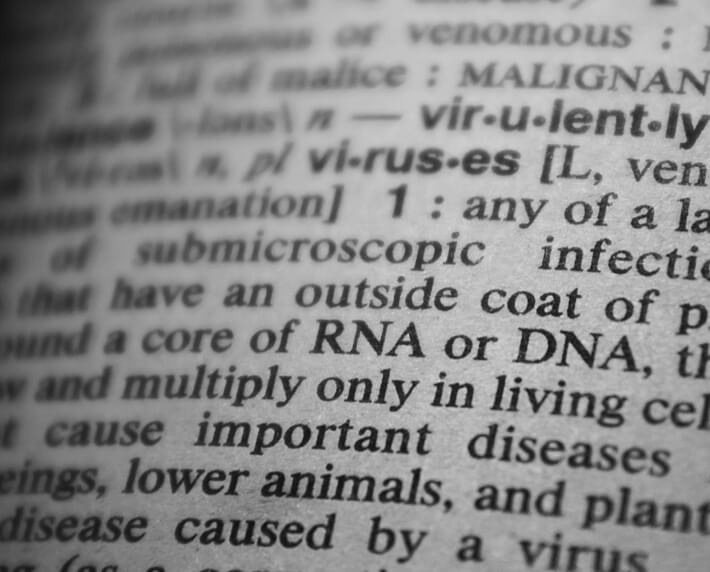Life Insurance Policy Features Explained


Reviewed by
Grant Desselle
Licensed Insurance Agent
Table of Contents
Accidental Life:
Accidental death is the fourth leading cause of death in America, #1 for people ages 25–44. Accidental policies do not cover death by illness. These policies have no health questions, and enrollment takes just minutes.
An accidental life insurance policy is a popular addition to a traditional life insurance policy that also covers death by illness (natural causes).
Graded Benefit Policies:
Graded/modified benefit policies usually have a waiting period of 24 to 36 months before the entire death benefit can be paid to a beneficiary. If a health-related death occurs before the graded benefit period ends, the policy will pay only a percentage of the death benefit. Exact benefit percentages vary among different carriers.
Accidental and non-health-related deaths pay 100% of the death benefit coverage amount to beneficiaries on day 1.
We see two types of graded/modified benefit structures.
- If a health-related death occurs during the graded/modified benefit period, all of the premiums paid into the policy plus 10% will be paid to beneficiaries. After the graded benefit period, both health-related death and accidental death will pay 100% of the death benefit.
Example: An insured who has a $25,000 policy with premiums of $100 per month dies in month 12. All premiums are returned to the beneficiaries ($1,200), plus 10% ($120), for a total benefit of $1,320. - If a health-related death occurs in year 1, 30% of the death benefit will be paid to beneficiaries. If a health-related death occurs in year 2, 70% of the death benefit will be paid to beneficiaries. Starting with year 3, both health-related death and accidental death will pay 100% of the death benefit.
Example: An insured who has a $25,000 policy dies in month 4. The benefit paid to beneficiaries is $7,500 (30% of the $25,000 coverage amount).
Note: We see companies use graded and modified benefit definitions interchangeably.
No Medical Exam Policies:
No medical exam policies do not require the paramedical examination that traditional life insurance policies require. No medical exam policies provide the same guaranteed coverage as those that require a medical exam. The no medical, or simplified issue, policies are typically limited to lower coverage amounts. These policies are typically still fully underwritten with a complete medical questionnaire and a review of the proposed insured’s pharmacy report, which lists all medications that have been prescribed over the last 5 to 10 years.
Universal Life Insurance Policies:
These life insurance policies are meant to be permanent policies that stay in force up to age 121. While these policies still have the ability to be overfunded for tax or savings purposes, they are typically meant (at True Blue Life Insurance) to last permanently with a minimum guaranteed premium amount.
Some new policies are calculated to last a guaranteed amount of time, or term period, such as 10, 15, or 20 years. The benefit of having a universal life policy is that it does not need to be converted to a permanent policy — it already is a permanent policy.
Rapid Issue Policies:
These policies provide an immediate underwriting decision based on the health questionnaire and a review of public reports such as the proposed insured’s MVD (Motor Vehicle Department) and pharmacy reports. Rapid issue policies typically require the insured to have a clean medical history. These are normal guaranteed level premium policies from A-rated companies. They offer lower face amounts because of the higher risk inherent in such fast underwriting.
Guaranteed Issue Policies:
These are policies that have no health questions or requirements. While they are guaranteed issues, they do have what is called a graded benefit period. That typically means if the insured dies within 24 months of the issue of the policy, only the premiums paid plus 10% will be paid to the beneficiaries. This 24-month graded benefit period does not apply to accidental death. After the graded benefit period, the policy pays the full death benefit to beneficiaries.
Modified Benefit Policies:
Modified benefit policies usually have a waiting period of 24 to 36 months before the entire death benefit can be paid to a beneficiary. If a health-related death occurs before the modified benefit period ends, the policy will only pay a percentage of the death benefit. Exact benefit percentages vary among different carriers.
Accidental and non-health-related deaths pay 100% of the death benefit coverage amount to beneficiaries on day 1.
We see two types of modified benefit structures.
- If a health-related death occurs during the modified/graded benefit period, all of the premiums paid into the policy plus 10% will be paid to beneficiaries. After the modified benefit period, both health-related death and accidental death will pay 100% of the death benefit.
Example: An insured who has a $25,000 policy with premiums of $100 per month dies in month 12. All premiums are returned to beneficiaries ($1,200) plus 10% ($120), for a total benefit of $1,320. - If a health-related death occurs in year 1, 30% of the death benefit will be paid to beneficiaries. If a health-related death occurs in year 2, 70% of the death benefit will be paid to beneficiaries. Starting with year 3, both health-related death and accidental death will pay 100% of the death benefit.
Example: An insured who has a $25,000 policy dies in month 4. The benefit paid to beneficiaries is $7,500 (30% of the $25,000 coverage amount).
Note: We see companies use graded and modified benefit definitions interchangeably.
Return of Premium Policies:
These policies return all of the premiums paid in after the term of the policy is reached.
Example: After 20 years on a 20-year term policy, all of the premiums paid over the 20 years are returned to the policy owner.
These policies typically have higher premiums because of this return of premium feature. The policies do accrue cash values toward the later end of the policy term. To access the cash values prior to the policy maturity date (end of the policy term period), the policy must be surrendered.
Online Application:
Very few life insurance applications offer the option for the customer to apply completely online without any agent assistance. There are a few products that are the exception to the rule.
These products are very straightforward and are issued immediately after the application is completed. Please note that with these applications, public reports such as the MVD (Motor Vehicle Department), pharmacy report, and MIB (Medical Insurance Bureau) are still reviewed.
These applications predominantly supply your life insurance policy for immediate download digitally and are a great solution if you want coverage immediately.
If you have medical conditions, we recommend contacting one of our agents to see if you will qualify for the coverage these policies offer.
Living Benefits:
Living benefits are a group of riders that can be added to life insurance policies. They enable the insured to access the death benefit of the life insurance policy while he or she is still living. Hence, these are sometimes referred to as life insurance you can use while you are still living.
Terminal Illness Rider/Accelerated Benefit Rider:
This rider is for insureds who have a terminal illness and are told by a medical professional that they have a life expectancy of no more than 12 to 24 months. The rider typically allows up to 95% of the death benefit to be withdrawn, with no stipulations on how the funds can be used.
Chronic Illness Rider:
This rider is meant to act similarly to a long-term care or long-term disability policy. It’s a great addition to any life insurance policy, and many insurance carriers are adding this rider to their policies at no additional cost to the consumer.
The chronic illness rider allows access to the policy’s death benefit to help with medical care needs. It typically allows up to $5,000 a month out of the death benefit to pay for at-home nursing or facility care.
To qualify, the insured must be unable to perform two out of six activities of daily living (ADLs) for a period of at least 90 days.
The six ADLs are:
- Bathing – Washing oneself by sponge bath or in a tub or shower, including the process of getting in and out of the tub or shower.
- Continence – Ability to maintain control of bowel and bladder functions, or, when unable to maintain control of bowel or bladder functions, the ability to perform associated personal hygiene (including maintaining a catheter or colostomy bag).
- Dressing – Putting on and taking off all items of clothing and any necessary braces, fasteners, or artificial limbs. This includes buttoning buttons and tying shoes.
- Eating – Ability to maintain an adequate food and fluid intake consistent with dietary needs, without the aid of another person.
- Toileting – Getting to and from the toilet, getting on and off the toilet, and performing associated personal hygiene.
- Transferring – Getting into or out of a bed, chair, or wheelchair. Does not include the task of getting in or out of the tub or shower.
Critical Illness Rider:
This rider enables the insured to use the death benefit of the policy in the event of a critical illness to help pay for medical care and procedures.
Covered critical illnesses may include:
- Heart attack
- Stroke
- Invasive cancer
- End-stage renal failure
- Major organ transplant
- ALS
- Blindness
- Paralysis
- Arterial aneurysms
- Central nervous system tumors
- AIDS
- Severe central nervous system disease (Parkinson’s disease, Huntington’s disease, multiple sclerosis, encephalitis)
- Major burns
- Loss of limbs
Whole life insurance Policies:
Whole life insurance, sometimes called “straight life” or “ordinary life,” is an insurance policy that remains in force for the insured’s entire lifetime, provided required premiums are paid, or to the maturity date.
A whole life policy is said to “mature” at death or the maturity age of 100, whichever comes first.
There are some arrangements that let the policy be “paid up,” which means that no further payments are ever required, in as few as 5 years, or even with a single large premium.
Whole life insurance policies typically build up a cash value in an account within your policy, fueled by a portion of your premiums and interest paid by the insurance company.
It is possible to borrow against the cash value of your whole life insurance policy. For example, if you find that you need cash to help pay for a child’s education, you can borrow money from the cash value of the policy.
See what you qualify for by answering some health questions.










